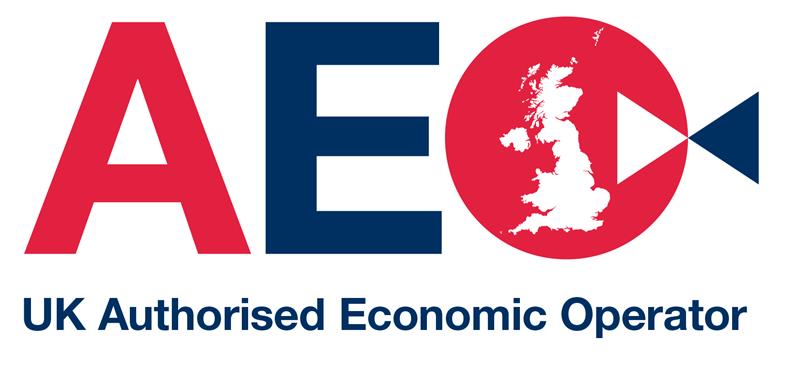Thinking of relocating to Australia? Trans Global Logistics UK Ltd can help!
To ship a car to Australia it can be a daunting task, but with the right information and preparation, it can be a smooth process.
Before you can ship a car to Australia, you must comply with the customs regulations and requirements. Here are the key steps involved:
- Vehicle Eligibility: Ensure your vehicle meets Australia’s eligibility criteria. Generally, only left-hand drive vehicles older than 30 years or special-purpose vehicles are allowed, unless you obtain a special permit.
- Import Approval: Apply for an Import Approval from the Department of Infrastructure, Transport, Regional Development, and Communications. This approval is essential and must be obtained before shipping your vehicle.
- Compliance with Australian Standards: Ensure your vehicle complies with Australian safety and emissions standards. If modifications are necessary, they must be done before shipping.
- Personal Effects Declaration: If you plan to ship personal belongings in your car, you must declare them to customs and pay any applicable duties and taxes.
When you ship a car to Australia, you may be subject to various taxes and duties, including:
Asbestos Testing
Australia has stringent regulations concerning asbestos in imported vehicles. Before shipping, you must ensure that your vehicle does not contain any asbestos-containing materials (ACMs). This involves:
- Conducting an Asbestos Inspection: Arrange for a certified inspector to assess your vehicle for the presence of ACMs.
- Asbestos-Free Declaration: Provide a declaration confirming that your vehicle is free from ACMs. This declaration is essential for customs clearance.
IVA (Imported Vehicle Approval) Application
The Imported Vehicle Approval (IVA) process is crucial for ensuring your car complies with Australian standards. Here’s what you need to do:
- Submission of IVA Application: Submit your IVA application to the Department of Infrastructure, Transport, Regional Development, and Communications
- Vehicle Inspection: Your vehicle will undergo a comprehensive inspection to verify compliance with safety and environmental standards.
- Modifications, if Necessary: If your vehicle does not meet the standards, you may need to make modifications to bring it into compliance.


